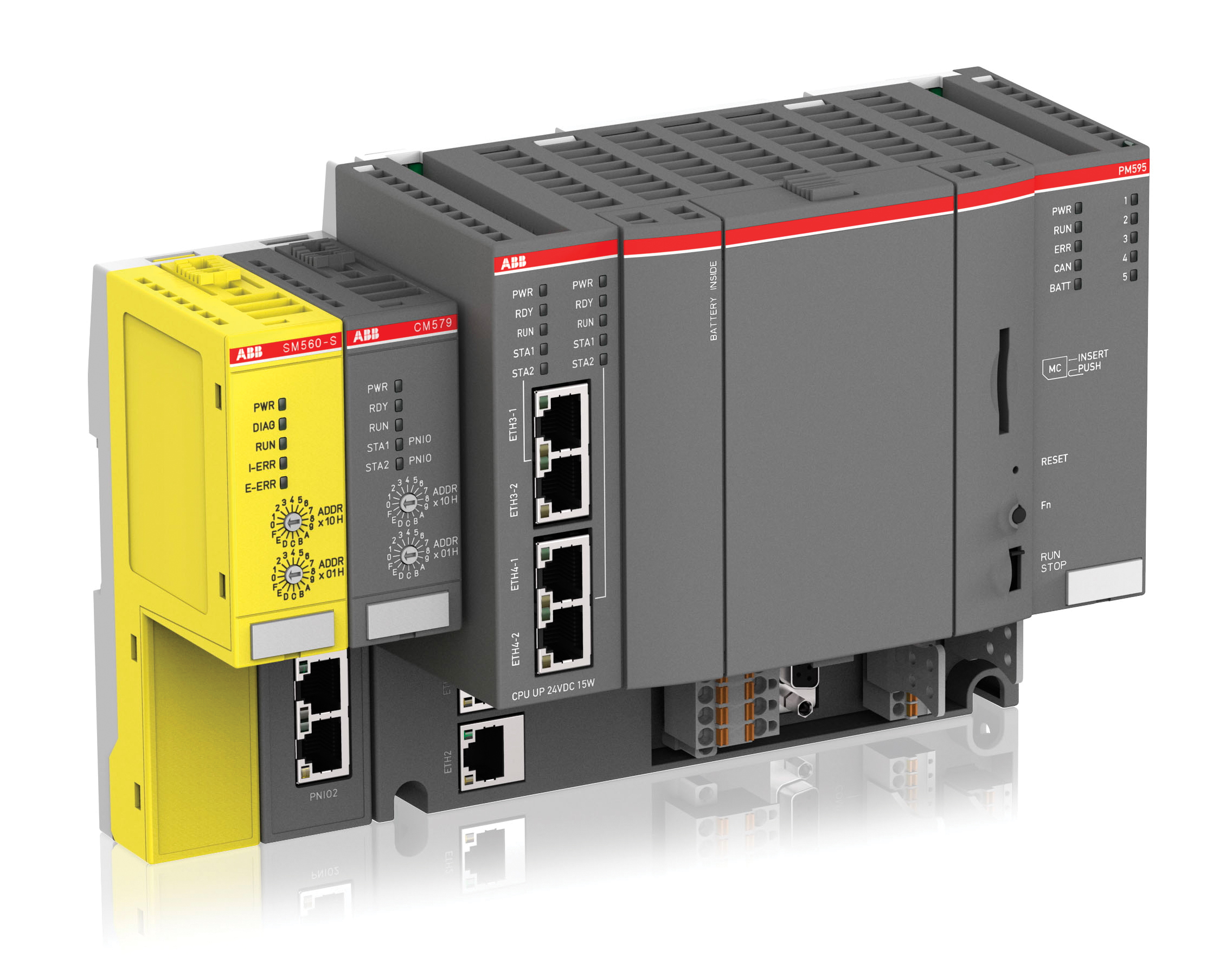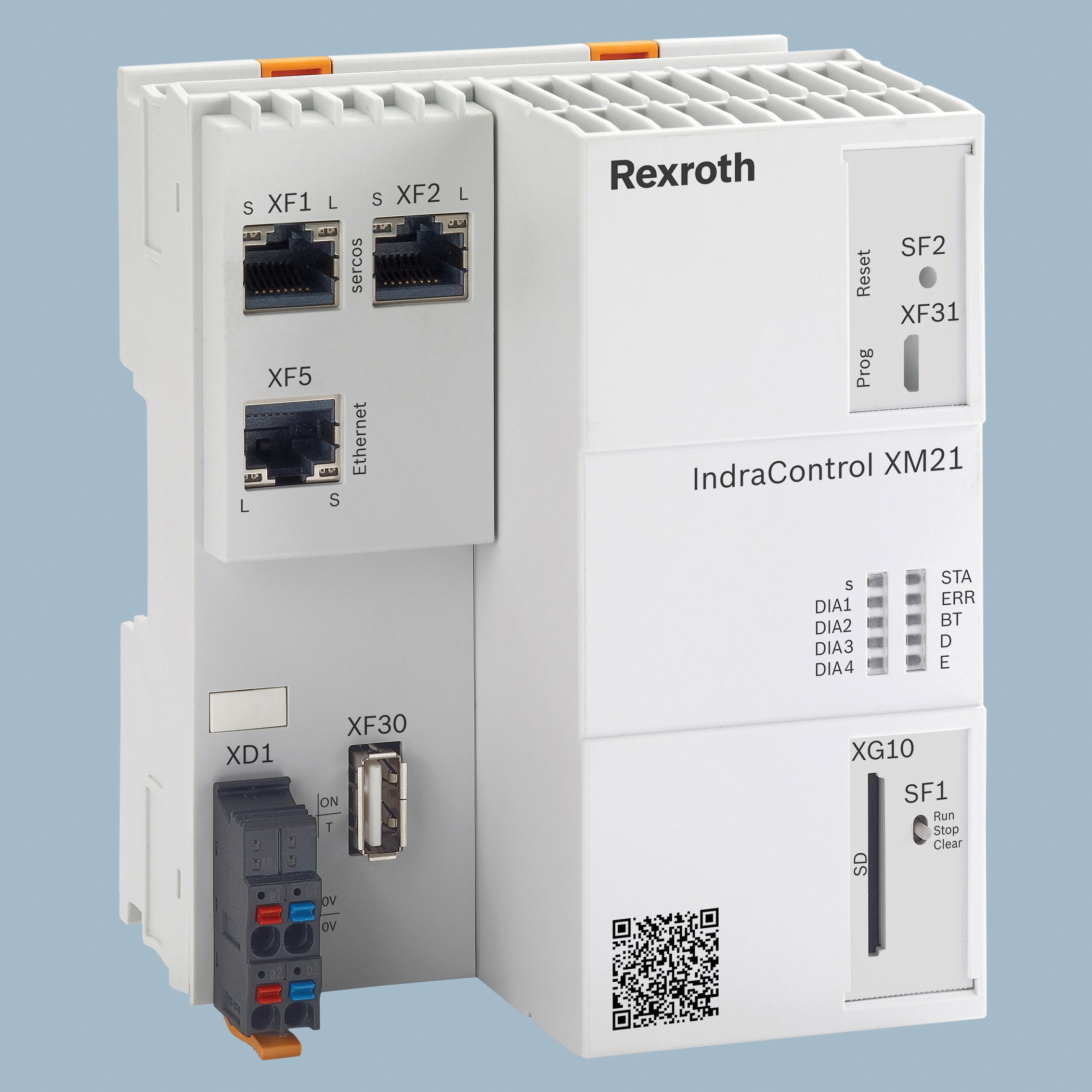Updated May 2015. || Motion controllers are the brains of any motion control system. In feedback-based systems, they take an input command from the user, compare it with a feedback signal from the motor, and take corrective action to bring the output (or actual position) and input (or desired position) in line with one another, ideally with little or no error.

A motion controller also creates the trajectories that the motors follow in order to meet the desired commands. Also called motion profiles, a profile is a sequence of position commands versus time. This tells the motor where to position the load and how fast it must do so. The motion controller uses the trajectories it creates to generate the proper torque commands. These torque commands are then sent to the drive which powers the motor.
Because of the large amount of signal processing required for these actions, motion controllers typically use digital signal processors (DSPs) for this task. DSPs are specifically designed to perform mathematical operations quickly and efficiently, and can handle the algorithmic processing better than standard microcontrollers, which aren’t designed to handle large amounts of mathematical processing.
There are a number of common motion profiles including trapezoidal, ramp, triangular and complex polynomial profiles. Each is used in certain conditions and situations where that type of motion is desired. For instance, a trapezoidal profile is characterized by constant velocity and acceleration and a graph of the velocity versus time profile is in the shape of a trapezoid.
Motion controllers also use some of the basic control laws to implement motion. The simplest of these is called proportional (P) control, which represents a constant integer gain. From P controllers, one can add either a derivative gain (known as D) or an integral gain (or I). The combination of these three, known as PID, represents one of the most common and powerful types of control algorithm.
 Practically speaking, motion controllers come in a variety of sizes and types. In general, motion controllers fall into one of three categories; stand-alone, PC-based, and individual microcontrollers.
Practically speaking, motion controllers come in a variety of sizes and types. In general, motion controllers fall into one of three categories; stand-alone, PC-based, and individual microcontrollers.
Stand-alone controllers are entire systems typically mounted in one physical enclosure that includes all of the necessary electronics, power supply, and external connections. These types of controllers can be built into a machine and are dedicated to one motion control application that could involve controlling a single axis of motion or multiple axes.
PC-based controllers are mounted onto the motherboard of a basic PC or industrial PC. These types of controllers are mainly processing boards that may generate and execute motion profiles. The advantage of PC-based controllers is that they provide a ready-made graphical user interface that makes programming and tuning the control much easier.
Lastly, there are individual microcontrollers. These are individual ICs that are often designed onto a printed circuit board along with feedback inputs and outputs to drivers to control a motor. While these controllers are relatively inexpensive and have the advantage of giving designers chip-level access to their systems, the drawback is that they may require good programming skills to configure and implement.
Servo Controllers
A servo controller is the heart of a servo system. A typical servo system consists of a motor, feedback device and the controller.
The control circuitry typically involves a motion controller, which generates the motion profile for the motor, and a motor drive which supplies power to the motor based on the commands from the motion controller. Servo systems are closed-loop systems that have some benefits over open-loop systems including the fact that they improve transient response times, reduce steady state errors and reduce system sensitivity to load parameters.
Servo controllers perform two types of tasks; tracking some commanded input and improving a system’s disturbance rejection. One of the most powerful methods of control is PID control.
A PID control method works on the error signal which is the difference between a commanded value and the actual value of an output variable, and driving the error to zero. The proportional value can be thought of as a simple gain value. The integral value integrates the error over a period of time and helps to drive the error to zero. The derivative value helps to stabilize a system that uses an integral and proportional term only.
PLCs
Programmable logic controllers (PLCs) are highly specialized, programmable microprocessor-based controllers used to control a specific application on a machine or a process. They are used in automation and manufacturing to control assembly lines and machinery on factory floors as well as many other types of mechanical, electrical, and electronic equipment in a plant.

The basic parts of any PLC system include the processor, I/O modules to handle inputs to the controller and outputs to the controlled devices, and some type of user interface which could be as simple as a keypad or a touchscreen interface or a programming link through a PC. The PLC’s processor is programmed through the user interface. The I/O modules are used to bring input signals into the PLC’s CPU and output control signals to controlled devices such as motors, valves, sensors and actuators, among others.
One final note: An important consideration for any PLC is the scan time. This is the time in which the PLC runs through the program taking in data and updating outputs. This is typically a few milliseconds but can be much longer depending on the program length and the speed of the processor. Higher scan times can accommodate processes with more real-time demands than traditional slower applications where scan speed is not as critical.
Programmable Automation Controllers (PACs)
PACs (programmable automation controllers) are similar to a PLC but denote a controller that accommodates better real-time control needed in some automation applications. Also, special PLCs can include dedicated safety functions that monitor machine inputs such as photoelectric sensors, light curtains, magnetically operated sensors, emergency stop buttons and safety mats.


Leave a Reply
You must be logged in to post a comment.